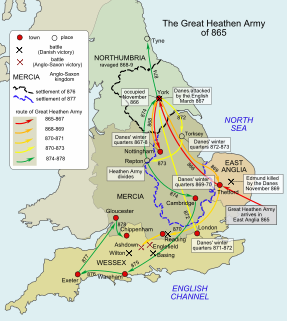The 800s decade ran from January 1, 800, to December 31, 809.
The 810s decade ran from January 1, 810, to December 31, 819.
The 820s decade ran from January 1, 820, to December 31, 829.
The 830s decade ran from January 1, 830, to December 31, 839.
The 840s decade ran from January 1, 840, to December 31, 849.
The 860s decade ran from January 1, 860, to December 31, 869.
The 790s decade ran from January 1, 790, to December 31, 799.
The 780s decade ran from January 1, 780, to December 31, 789.
The 750s decade ran from January 1, 750, to December 31, 759.
The 700s decade ran from January 1, 700, to December 31, 709.

Year 827 (DCCCXXVII) was a common year starting on Tuesday of the Julian calendar.

Year 806 (DCCCVI) was a common year starting on Thursday of the Julian calendar.

Year 812 (DCCCXII) was a leap year starting on Thursday of the Julian calendar.

Year 778 (DCCLXXVIII) was a common year starting on Thursday of the Julian calendar. The denomination 778 for this year has been used since the early medieval period, when the Anno Domini calendar era became the prevalent method in Europe for naming years.

Year 779 (DCCLXXIX) was a common year starting on Friday of the Julian calendar. The denomination 779 for this year has been used since the early medieval period, when the Anno Domini calendar era became the prevalent method in Europe for naming years.

Year 788 (DCCLXXXVIII) was a leap year starting on Tuesday of the Julian calendar. The denomination 788 for this year has been used since the early medieval period, when the Anno Domini calendar era became the prevalent method in Europe for naming years.

Year 841 (DCCCXLI) was a common year starting on Saturday of the Julian calendar.

Year 826 (DCCCXXVI) was a common year starting on Monday of the Julian calendar, the 826th year of the Common Era (CE) and Anno Domini (AD) designations, the 826th year of the 1st millennium, the 26th year of the 9th century, and the 7th year of the 820s decade.

Year 865 (DCCCLXV) was a common year starting on Monday of the Julian calendar.

700 (DCC) was a leap year starting on Thursday of the Julian calendar, the 700th year of the Common Era (CE) and Anno Domini (AD) designations, the 700th year of the 1st millennium, the 100th and last year of the 7th century, and the 1st year of the 700s decade. As of the start of 700, the Gregorian calendar was 3 days ahead of the Julian calendar, which was the dominant calendar of the time.










